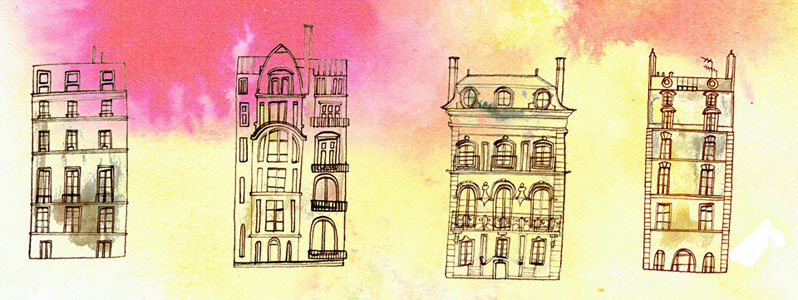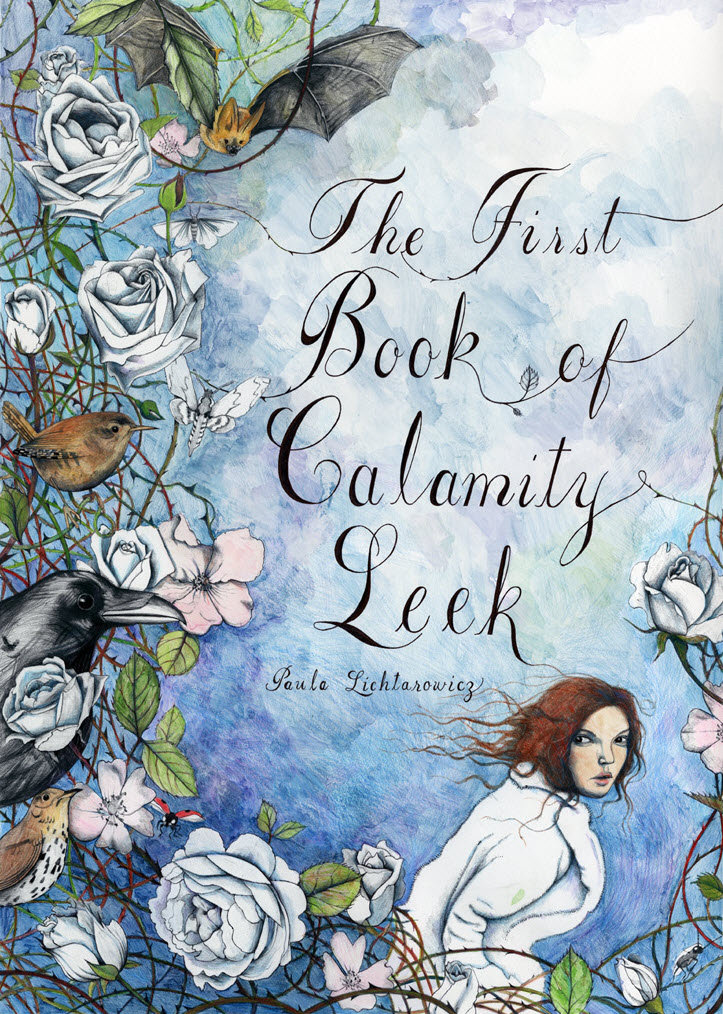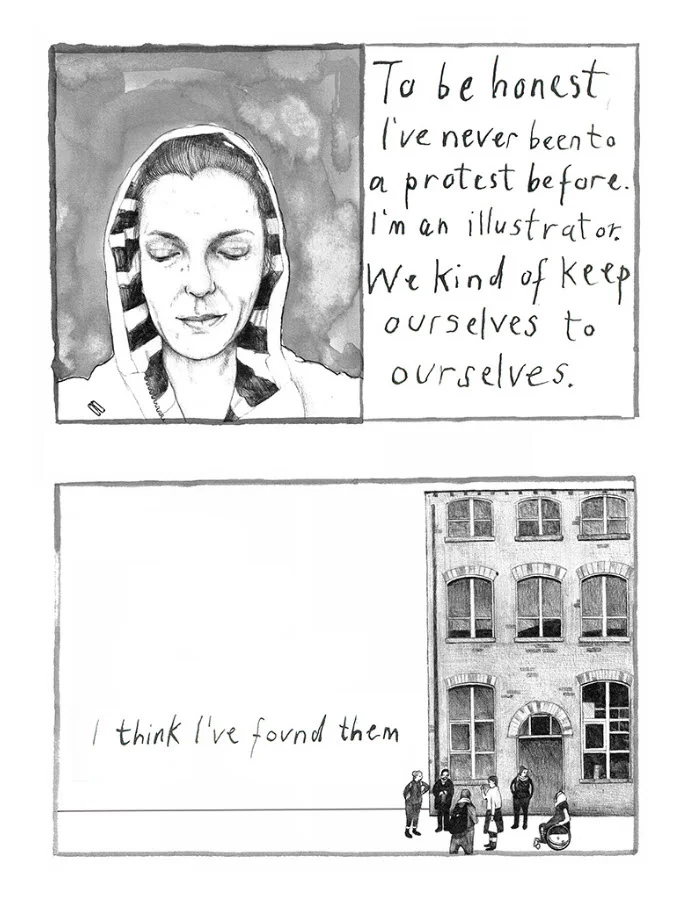Illustrator Talya Baldwin takes us to St. Kilda, Scotland in her recent book, Not the End of the World. Ethereal landscapes and evocative portraits paint a picture of the history, environment and wildlife in a place often referred to as ‘the end of the world’. Signature to her style, Talya’s stunning watercolour technique combined with her unpretentious writing reveals an important story of the land and the uniqueness of a community that once was.
Read MoreTalya Baldwin illustrates St. Kilda
Illustrator Talya Baldwin’s recent trip to St. Kilda proved to be an inspiring one and she took to her sketchbook to record the awe-inspiring details. Each brush stroke tells a story; from the island’s natural history to its unique community, sharing the ecological history of the land. Almost surreal, Talya’s watercolour paints a magical picture, bringing a sense of hope and beauty to this remote island which seems as though it has stood still in time.
Read MoreTalya Baldwin illustrates for Harlequin Worldwide Mystery
A beautiful mystery, is how we would describe illustrator Talya Baldwin’s recent book cover for Harlequin Worldwide Mystery. Commissioned by art director Kathleen Oudit, Talya's delicate use of watercolor and fine details created just the right mood for this detective novel.
Read MoreTalya Baldwin illustrates her garden's bounty
Inspired by the simple things (freshly picked fruit from her community garden, for example) illustrator Talya Baldwin took the tools of her trade (colored pencils and watercolors) and got to work. The result? These beautifully crafted still life illustrations with some fascinating stories.
Read MoreTalya Baldwin Illustrates for Second Story Press
Illustrator Talya Baldwin recently had the pleasure to work alongside art director Melissa Kaita, applying her unique style to Paris architecture for this very special book cover. Talya's line art shows the same loving attention to historic monuments as to unassuming, run-of-the-mill walk-up flats.
Read MoreWelcome illustrator Talya Baldwin
Welcome to the illustrated world of Talya Baldwin. Armed with her inks, paints, biros, coloured pencils, pastels, wax crayons and felt tips Talya astounds us with her technical brilliance and the beauty she sees in the most interesting of subjects. We had to find out more about Talya.
What first inspired you to be an illustrator?
When I was three or four, my dad made me a tiny and very beautiful wooden table and chair. I kept my crayons and paper on them and that’s where I’d sit for hours, drawing castles and witches and fairies. My desk is slightly bigger these days, but essentially I’m still doing the same thing.
Can you give us some insight into your creative process?
My creative process is intense and a bit chaotic but always the same: I wake up in the middle of the night and think ‘I know EXACTLY how I want this drawing to look. I can see the colours and the direction of the lines and the way there’s so much energy in it it’s almost humming with life.’ And then I leap out of bed in the morning and make such a pale, disappointing imitation of that image that I feel completely bereft and inadequate. It was a relief to discover, over the years, that almost all artists feel this way, and that the trick is to keep working - you’ll never re-create the shining image in your head, but you might get a bit closer!
Whatever was imagined, we find Talya's efforts extraordinary.
How would you describe your work?
For me, it’s mostly about making the invisible visible. I like drawing things that might otherwise be overlooked because they aren’t grand or celebrated, like weeds, feral pigeons and minor characters from the edges of fairy tales. As a child I was always fascinated by the last prince in the story of the Six Swans; the one who was left with a single white wing because the magical jersey he was meant to put on to regain his human form had a missing sleeve. What on earth happened to him in later life? How did he explain it to people? And how did he ever open a tin of beans? I draw him over and over again because he seems to represent everything I’m interested in: fragility, tenacity and not quite fitting in with everyone else.
Talya Baldwin has been recording the stories of asylum seekers at Yarl's Wood Immigration Centre, and at the refugee camps in Calais. Yarl's Wood is effectively a women's prison for migrants, except that none of them have committed any crime. These illustrations below are a testament to Talya's commitment to make the invisible visible.
Are there certain themes you enjoy illustrating?
I draw birds endlessly. I love corvids - crows and ravens especially - because they’re so mistrusted. Our culture is full of images of ravens as bad omens and symbols of death, witchcraft and so on, but in reality they’re hugely intelligent and I’ve always thought they were very beautiful, too.
What are you working on currently?
I’m part of the NOMAD collective which makes art in unconventional spaces; we’ve been working on the Phytology Project, an apothecary garden on an East London estate in which all the plants are weeds with proven medicinal properties. At the moment, I’m also working on a new project with illustrator Simon Manfield in collaboration with the Scottish Seabird Centre. We’re raising awareness of endangered sea birds by making a series of drawings, copies of which will be floated at sea in tiny, GPS-tagged boats.
I also work on arts and health initiatives with children. These are creative projects designed to raise self-esteem, give children a sense of pride in their work and help them generate artworks that bring communities together.
Interior illustrations from Talya's recent picture book, Fox's Party, below.
Talya Baldwin studied at the Wimbledon School of Art, and then later at Edinburgh, and Saint Martin’s (in London) for her Master's degree. Talya is represented by i2i Art Inc.


















